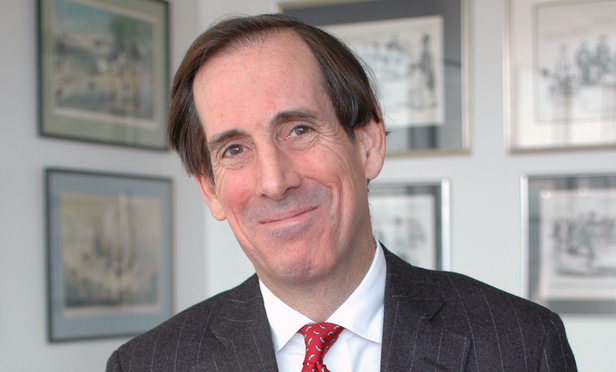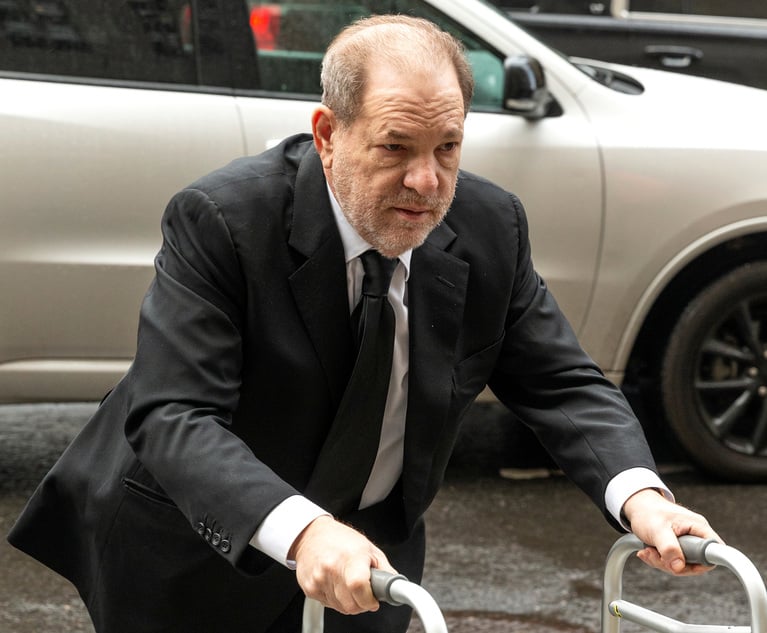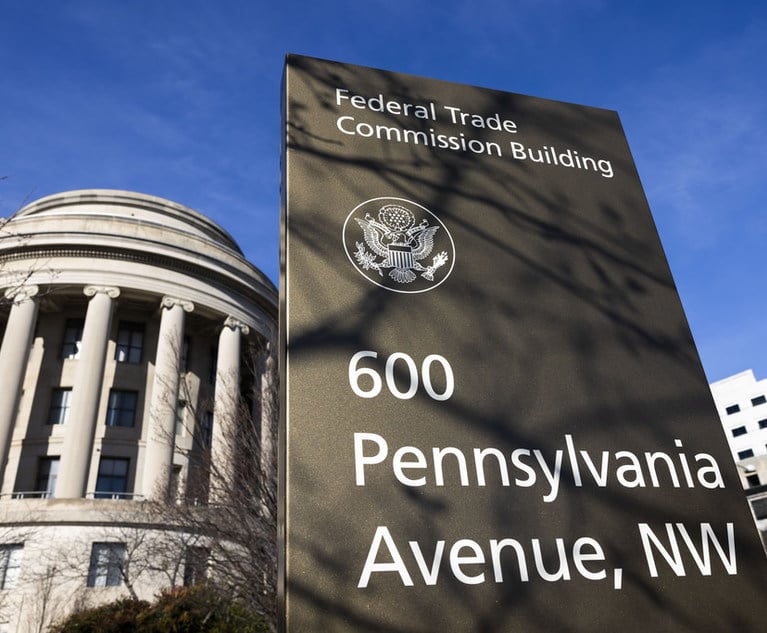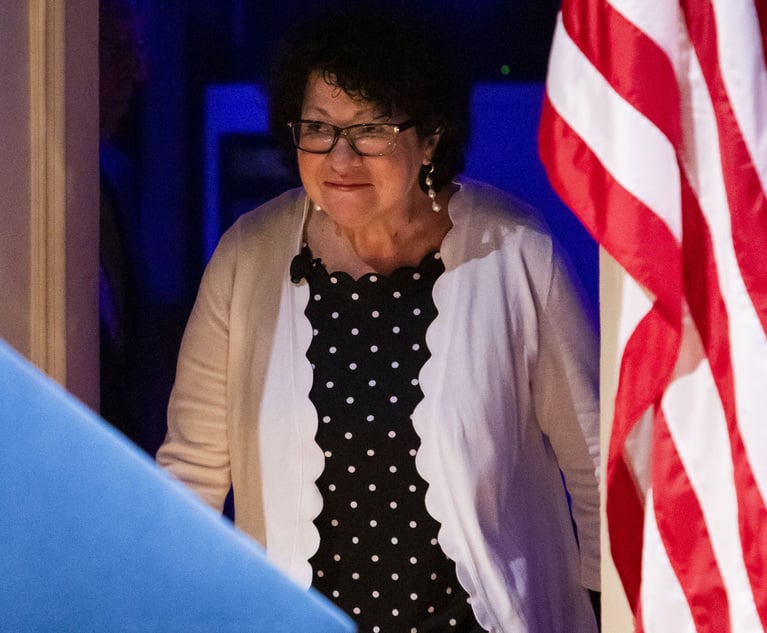As Michael Corleone said in The Godfather Part III (an otherwise dreadful movie), “Just when I thought I was out, … they pull me back in.” Three times the U.S. Supreme Court has held that there is no aider and abettor liability for secondary actors (e.g., lawyers); that to establish a 10b-5 claim under the ’34 Act, the traditional elements of fraud/tort (defendants must speak; plaintiffs must show reliance; etc.) must be pleaded and proven. The Securities and Exchange Commission has never really taken “no” for an answer, however, and has continually tried to work a way around it. The Commission is at it again, this time in Lorenzo v. S.E.C. (No. 17-1077); oral argument took place at the Supreme Court on December 3rd, and a decision will no doubt come down before the end of the court’s current term in June 2019. Lorenzo is an important (and somewhat unusual) case; it deserves our attention.
The Supremes Try It Thrice
In 1994, the U.S. Supreme Court first addressed secondary liability in Central Bank of Denver v. First Interstate of Denver, 511 U.S. 164 (1994). There, the court held that since the text of §10(b) does not cover those who aid and abet a §10(b) violation, private plaintiffs seeking money damages could not bring an aiding and abetting claim against a secondary actor. At the same time, the Central Bank court left open that (1) criminal liability for aiding and abetting was still viable, (2) an SEC enforcement action based upon aiding and abetting was still viable, and (3) traditional secondary actors in the capital markets (e.g., lawyers) could be pursued by private plaintiffs as primary violators “assuming all of the requirements for primary liability under Rule 10b-5 are met.”


 C. Evan Stewart
C. Evan Stewart




